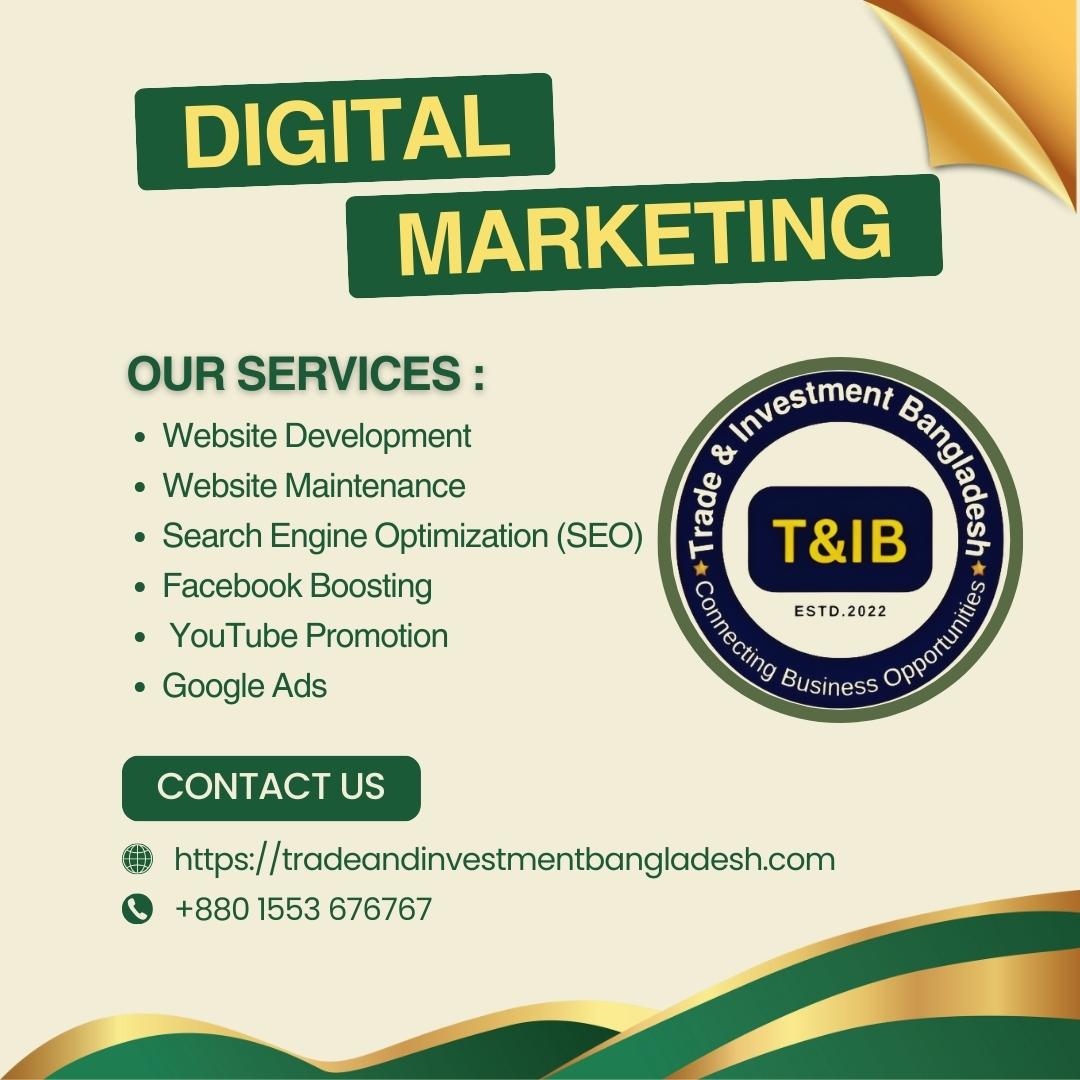Free AI Tools to Boost Your Business
Free AI Tools to Boost Your Business Md. Joynal Abdin Founder & CEO, Trade & Investment Bangladesh (T&IB) Executive Director, Online Training Academy (OTA) Secretary General, Brazil Bangladesh Chamber of Commerce & Industry (BBCCI) Artificial Intelligence (AI) is no…
Read More






 by
by